Better late than never, my new iPhone 12 Pro Max arrived yesterday and I have been getting used to the size. Have I made the right decision in going for the 6.7-inch screen?
For the past two years, I’ve been entirely happy with Apple’s iPhone XS Max and had to think carefully about the need to upgrade in the 2020 product cycle. I’d already missed the 2019 round because I could see absolutely no reason to change, and I have more or less settled into changing bi-annually rather than annually as I once did.
I almost felt the same this time: Should I keep the 2018 phone for another year? But, after going through all the pros and cons, I decided that I would upgrade.
Even then, I was undecided on which model to go for. A friend ordered the new iPhone 12 Mini on launch day, and it arrived a few days later. It is, perhaps, the most sensible of this year’s crop of iPhones.
The size is just right for the pocket, the processor is the same as that in the larger non-Pro model and that 5.4in OLED screen is a huge improvement, punching well above its size. The increased resolution transforms the user experience and makes a smaller phone far more usable than previous models such as the old SE.
I was sorely tempted to go down the same route. After all, I’m not a great fan of smartphone photography, and I tend always to have a “proper” camera in my pocket when out and about. And the Mini is likely to perform as well as my two-year-old device. So it came down to a question of which size of phone I wanted to carry around.
Decision made
In the end, I decided on the iPhone 12 Pro Max. I’m used to the larger screen, both for reading and browsing. And often I will work on the iPhone when away from the office, aided by a lightweight Bluetooth keyboard. The slightly larger and much improved OLED display would make a good companion, I reasoned.
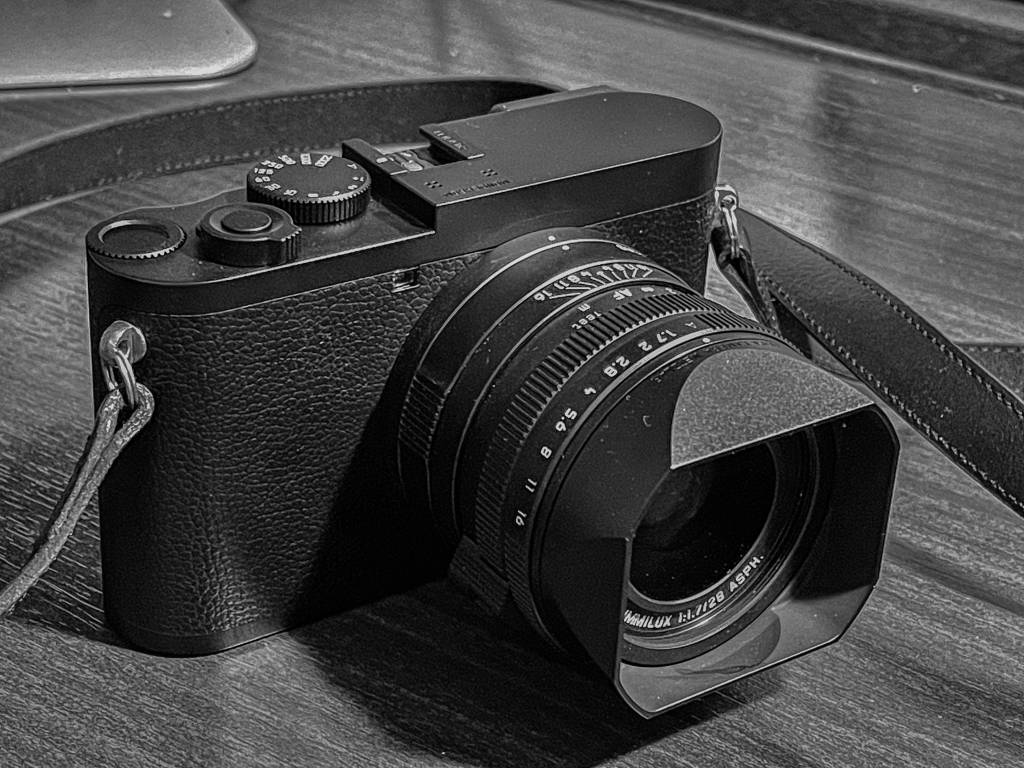
The iPhone 12 Pro Max is slightly bigger in height, width and depth than the XS Pro Max and it weighs about 25g more. But after a few hours, I’ve forgotten about all that, and I can now detect no real difference between the new and the old. It’s business as usual, and I am no longer fretting over the size. I am glad I persevered and chose the larger phone.
Having been pretty disdainful about smartphone cameras, the much-improved camera of the 12 Pro Max, with its 2.5x zoom, intrigued me. Increasingly over the past year, I have been leaving home without that “proper” camera and relying on the iPhone for any opportunistic shots. Would the new super camera of the 12 Pro Max confirm this change in habits, I wondered.
In the past few hours, I haven’t had the chance to use the camera much. But this morning I took it out just after dawn and caught the sunrise over the River Thames here in West London. The great thing about a good smartphone, such as the new Apple, is that the process of taking pictures is as automatic as it can be.
The camera in your pocket… always ready and willing…
In common with most smartphone users, you can bring up the phone, snap the shutter and be pretty sure of getting a usable shot. In almost all circumstances, that is. As I’ve said often, smartphones flatter to deceive and can persuade the most inexperienced user that they are a pro photographer in the making.
Experiment
Indeed, one of my motivations in buying the 12 Pro Max was to experiment with the camera, to see if it could take the place of a small pocket camera such as the Sony RX100. Before the howls of protest come in, I know you can’t compare a 1/3.6in, 12MP unit with the one-inch sensor of the Sony. Size will rule when it comes to larger prints. Still less could you compare the iPhone, with all its electronic wizardry and processing, with a tough slogger such as the Leica Q2.
But the iPhone does produce some great results when viewed at modest sizes, such as on the iPhone screen or, even, on a 12in iPad Pro. It’s also pretty foolproof, and I rely on the phone a lot of product shots for Macfilos.
The 12 Pro Max photographic department has an impressive specification for a smartphone. It boasts a 26mm-equivalent wide-angle f/1.6 lens, with sensor-shift OIS. There are two additional lenses, 13mm-equivalent at f/2.4 and a tele 65mm-equivalent at f/2.2. See the Dxomark review here.
The Tri-Applemar… three useful focal lengths in one little camera
Of course, even the 12 Pro Max, Apple’s flagship phone, is equalled or possibly outgunned by some other leading smartphones on the market. See the video below for comparisons with, in particular, the Huawei P40 but. However, in common with millions, I am committed to the Apple eco-system and do not look any further. I’m content to use the best that Apple can provide. It is certainly good enough for me, for use as an occasional camera.
Over the next few months, I intend to use the 12 Pro Max for some general day-to-day photography and as a quick-fire backup when carrying a camera such as the Q2 or SL2. I will not carry a “proper” camera, not even the Sony RX100, as often as I have in the past. Unless that is, I am going out with photography as a primary objective. No doubt you will be seeing more iPhone photographs on Macfilos.
The adage about the best camera being the one in your pocket is a good call, but not necessarily to be taken at face value. However, with the iPhone 12 Pro Max, we have reached a stage where you do have a very competent little camera in your pocket all the time.

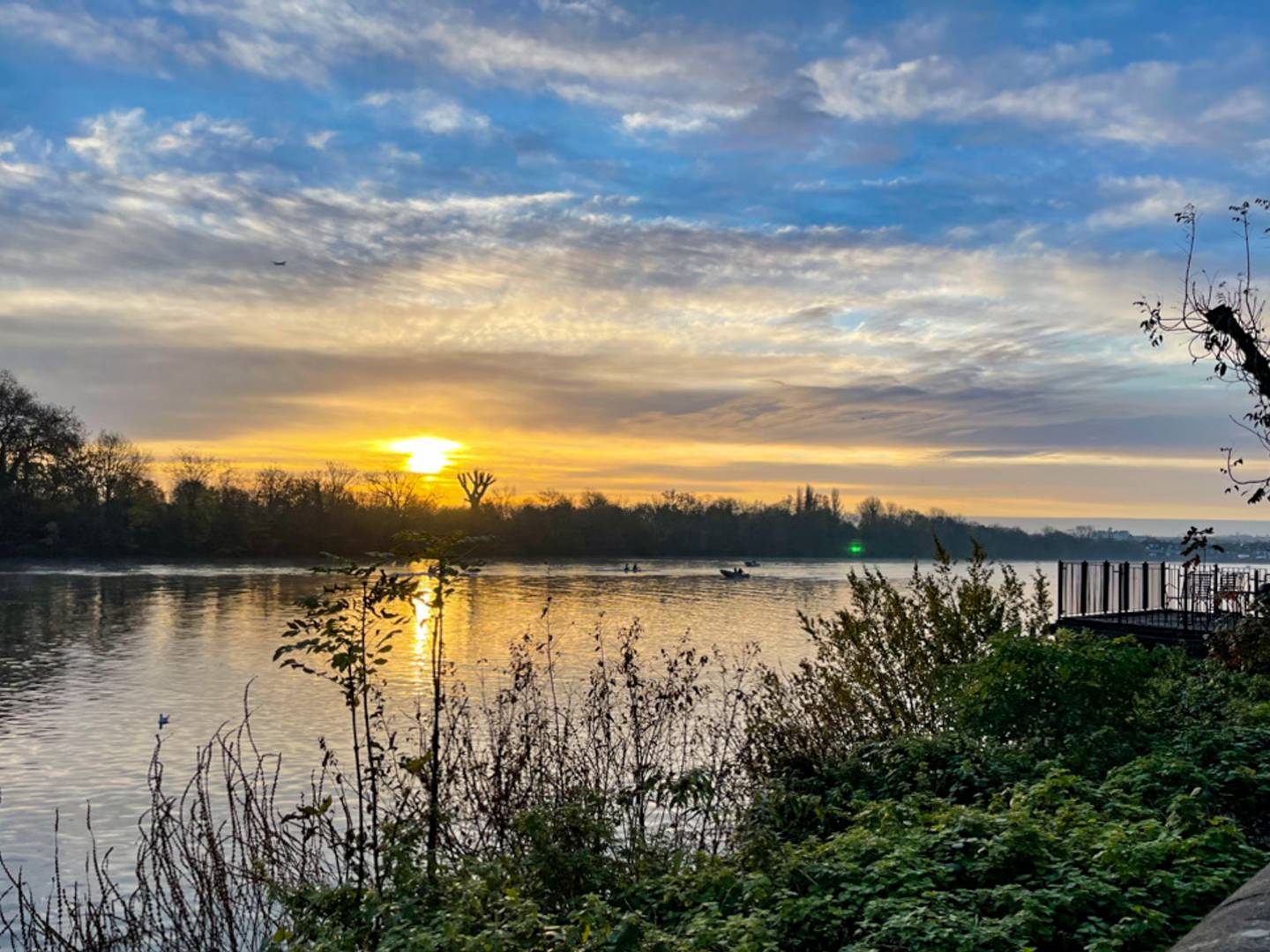
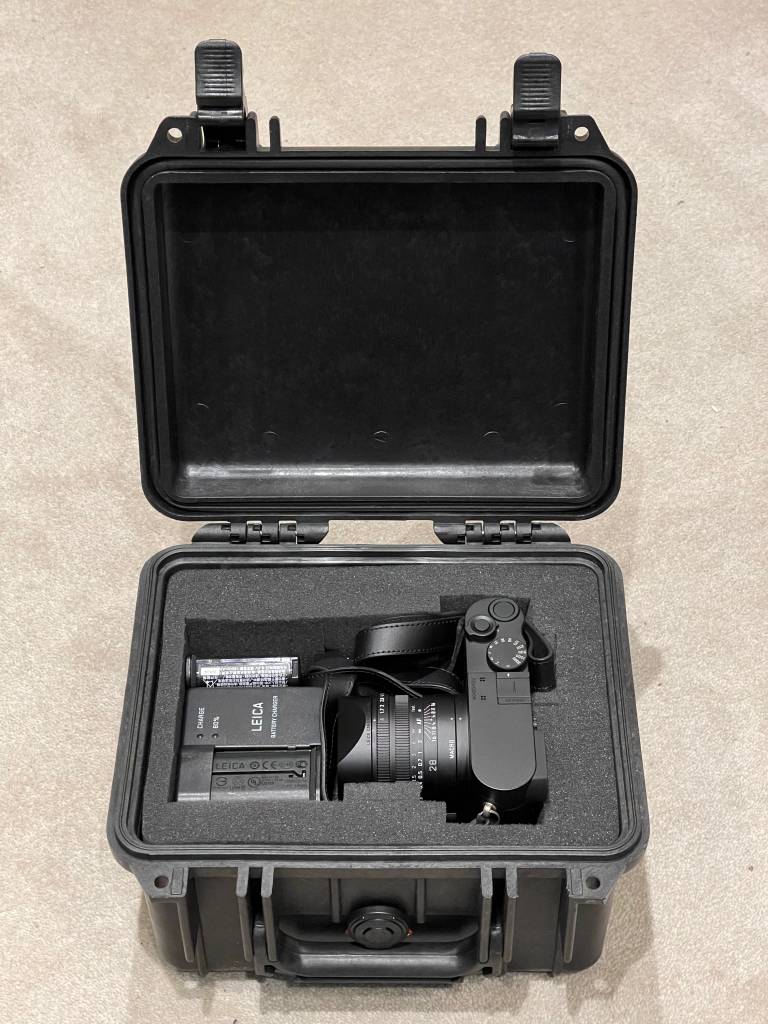
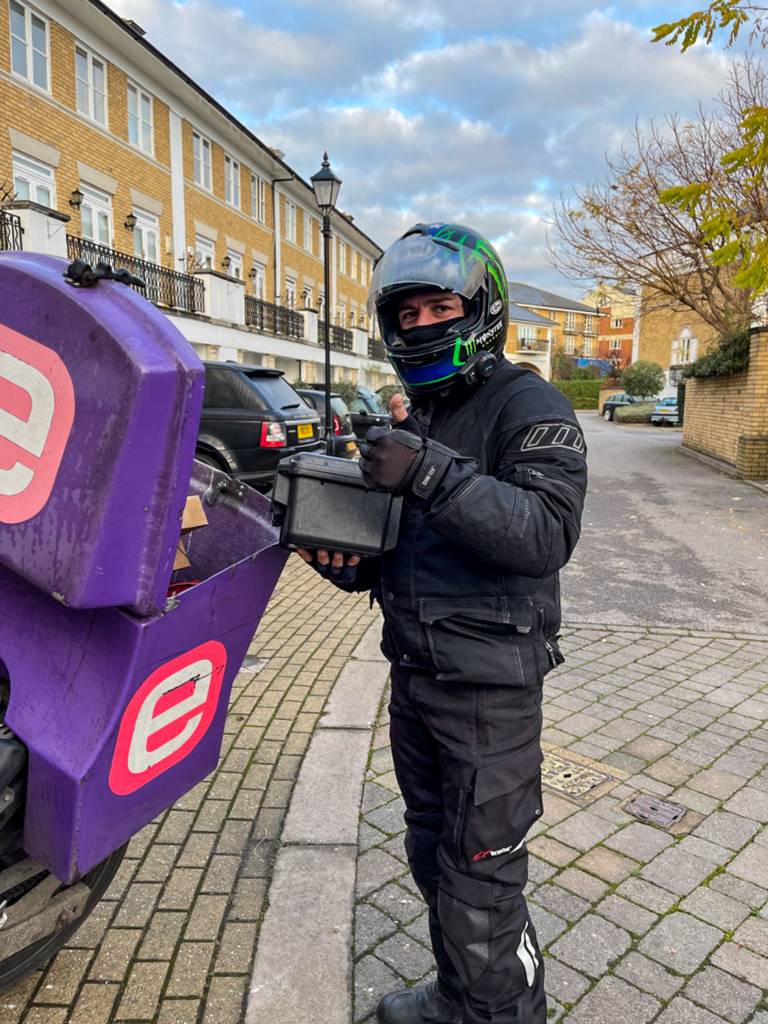
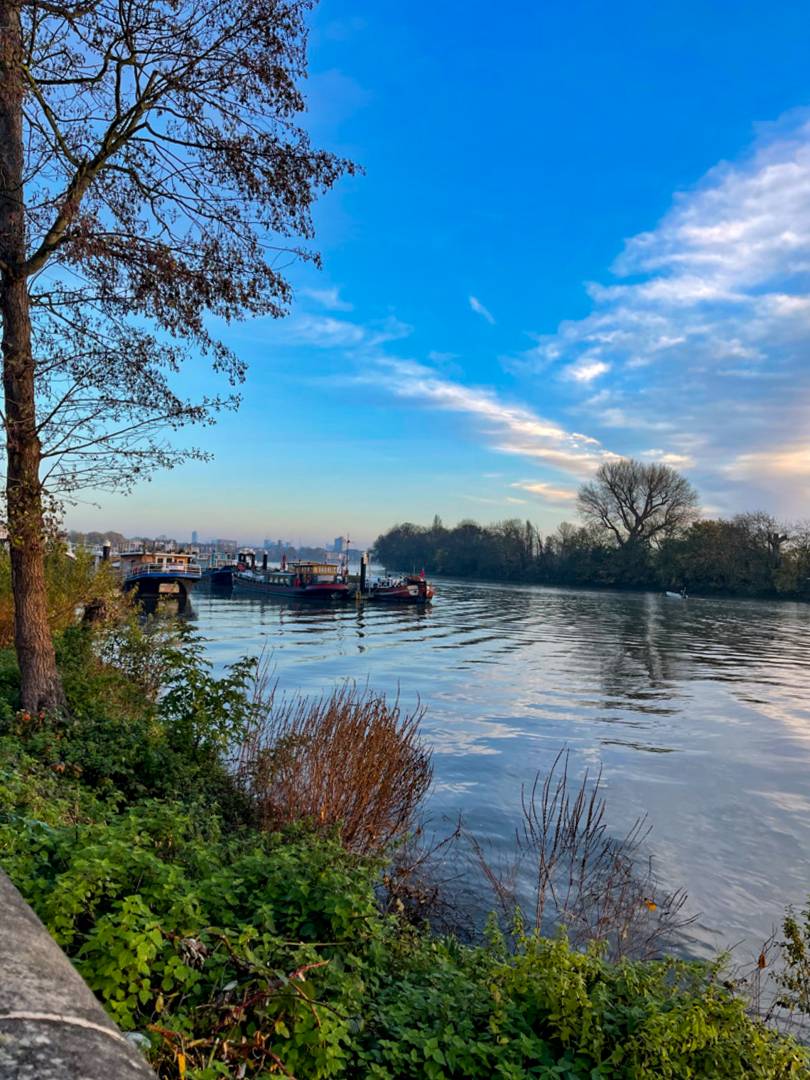

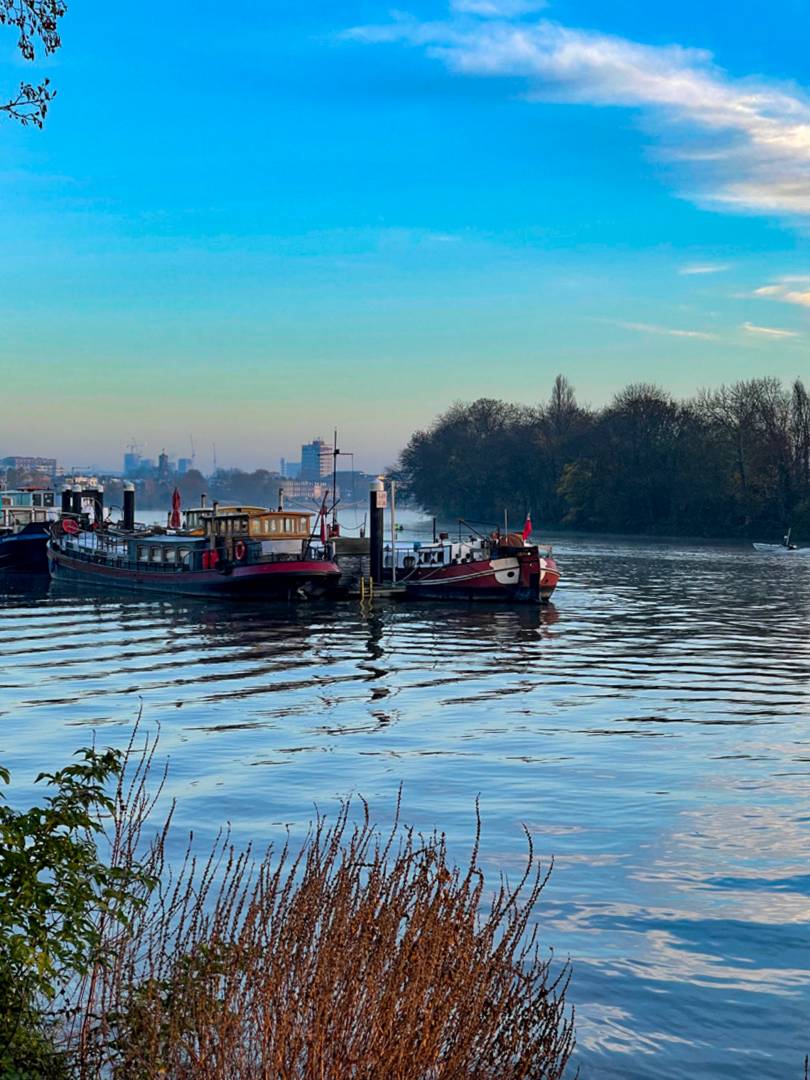
I think you’ve figured out your reason(s) to go for the 12 Pro Max. Now why not get the Mini and give us a real belter of a camera-to-camera comparison?
I have that on my list. Not to buy, but to borrow…
So, Mike, the Lady from Marbury wins !? I’ve just been through this bit of GAS and come down in favour of my RX100iii (faster lens than vi or vii) with extra telephoto back-up for very little extra weight and size from my Leica C. I don’t feel encumbered even with both of them over my shoulder or in my pockets, and so I can manage phone-wise with my ancient little clam shell Samsung. But of course, it’s horses for courses, and I take your points. Then, too, as today’s article points out, we can go full frame with a Mju from Olympus – larger and smaller at the same time!